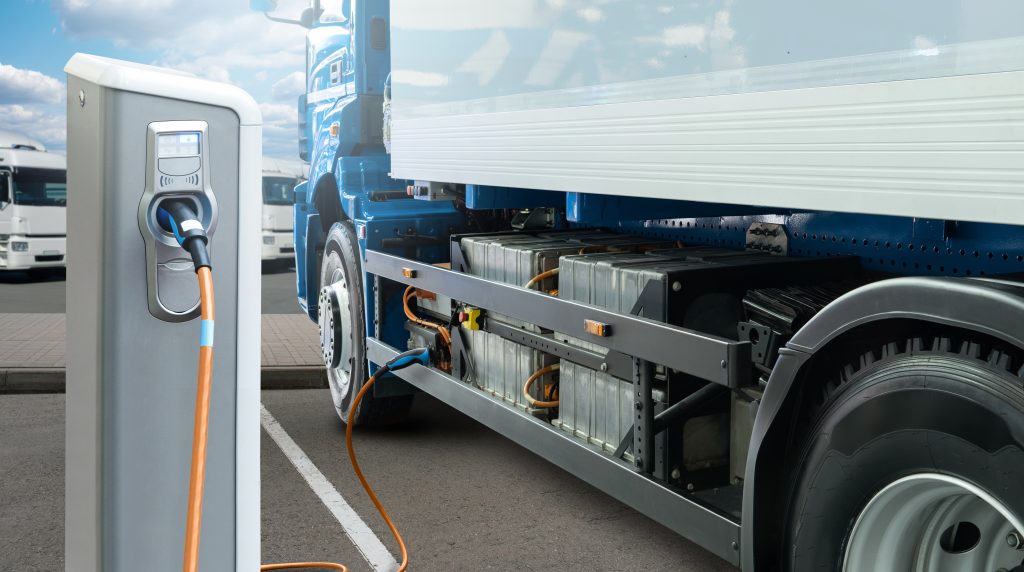
Electric vehicles (EV) have been a big topic in the US. EV and trucks have a smaller carbon footprint than gasoline or diesel vehicles, even when accounting for the electricity needed to charge. However, is there another solution that would allow independent drivers to be just as effective in allowing their trucking fleets to reduce emissions? Andrew Boyle, vice chairman of the American Trucking Association (ATA), recently proposed to a Senate subcommittee to offer the purchase of more modern diesel equipment instead of pushing for the electric technology.
Boyle stated, “The line of demarcation that most people refer to with diesel technology emissions was 2010.” He told the senate subcommittee on April 18, “Right now, if we look at the national fleet of Class 8 trucks, 47% of them are still pre-2010.”
The EPA has proposed two new sets of rules by pushing fleets, along with consumers, to zero-emission vehicles. The EPA’s Phase 3 Greenhouse Gas standards are part of the Clean Trucks Plan that was first announced in 2021. Boyle told the committee another method to help reduce emissions would be by removing obstacles Congress has in place to buying more efficient diesel trucks.
According to the ATA, newer heavy-duty equipment and trucks produce 99% less emissions than those built in 1988. Also, a tractor trailer can refuel in about 15 minutes with enough diesel to travel 1,200 miles in comparison to Class 8 EVs that take several hours to recharge and usually only have a range of less than 300 miles.
“A huge impediment to buying newer, cleaner trucks even today’s trucks is the Federal Excise Tax that was installed more than 100 years ago to finance World War I. The tax was imposed on goods, services, and activities, which includes imports, manufacturing, retailers, and consumers. Usually collected from fuel sales, airline tickets, tobacco and other goods and services. So a big issue, when we look at the emissions in aggregate right now, is not so much that today’s trucks aren’t clean enough. It’s just that of the fleets on the road – not enough are today’s trucks. This is one level we have to make more affordable for fleets and operators to buy today’s trucks,” Boyle said. As a 3% tax on truck purchases in 1917, the FET has now added 12% to the cost of heavy-duty tractors, trucks, and trailers. Class 8 battery powered trucks currently cost $300,000 more than diesel trucks.
Previously, there have been attempts to repeal the tax, but it has been unsuccessful. The ATA, American Truck Dealers and the Zero Emissions Transportation Association recently repealed the FET tax once again. “Over 90% of the nation’s fleets operate six or fewer trucks, and the regressive nature of the FET makes it disproportionately hard for these small businesses, many of which are family-owned and operated, to purchase new equipment. Larger fleet operators take longer to modernize their vehicles due to price increases from the onerous excise tax.”
The Congress subcommittee noted that the majority of greenhouse gases are caused by transportation emissions. Senator Edward Markey said, “More than half of which from light-duty vehicles and a quarter of which comes from heavy-duty vehicles and trucks.” California, being one of the states pushing for stricter emissions regulations, has some of the oldest fleet equipment in the US, with at least 50% of trucks in California manufactured prior to the 2010 diesel emission standards.
Boyle also said, “The EV market opportunities for consumers differs from the freight market. While millions of passenger cars are purchased in the US each year, the trucking industry is closer to a couple hundred thousand.” The subcommittee with congress then followed up by saying it would cost a trillion dollars to covert the US trucking to zero emissions.
https://www.investopedia.com/terms/e/excisetax.asp
For more information on fueling solutions, inventory management and carbon offsets that can help your business and fleet of trucks, contact us today.



